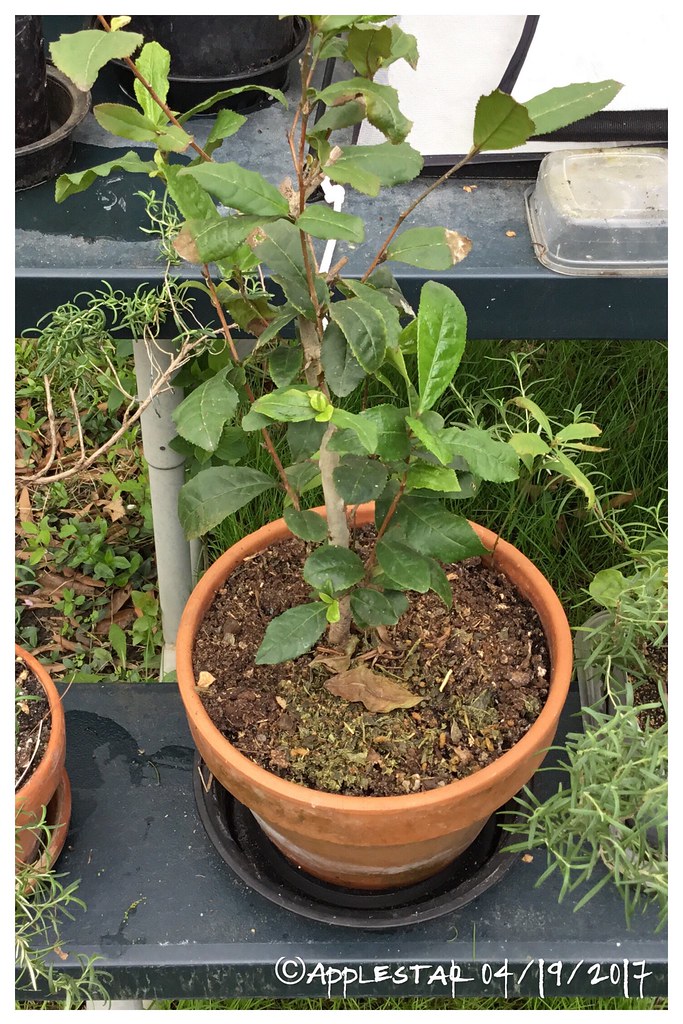I love the concept of permaculture and have tried to adapt what I can to my suburban postage stamp. I also like the self sustaining garden ideals and edible landscaping.
What you focused on -- food plants that keep coming back -- is perfect and makes so much sense for a busy (or lazy like me) gardener. I love that all you have to do is pay a little bit of attention to them, and they will grow and supply harvest when it's time.
Fruit trees, shrubs and perennial plants as you mentioned are invaluable. I'm envious that you will be able to grow some things that I have to put more effort in to get them to grow. So far I have apples, pears, peaches, cherries, blueberries, raspberries and blackberries. Persimmon "Prok" -- larger fruited native cultivar. Volunteer currant. Strawberries - both named cultivars planted in beds and bird-spread wild strawberry volunteers that grow and fruit even in shade and spread into their own groundcover. Elderberries will also spring up in unexpected places, and some pruned stalks I used as stakes have rooted. Very easy. Mulberry tree. Pawpaw trees (one of the 3 just started blooming last? year... need pollinizer so others need to mature for fruit production. Seedlings, not grafted known cultivars.) Figs - one winter Hardy variety, two that need to be brought inside for winter - pot culture.
Other winter vulnerable container plants -- pineapple (only one fruiting so far), super dwarf banana, seed grown (not guaranteed fruit quality or timeline...some are mostly for fun) avocados (one dwarf named cultivar "Day" intended for pot culture and originally purchased as grafted plant, subsequently the original plant died but I was able to graft scions to my own seed-grown rootstock before losing the plant), citruses of all kinds (from seeds of store-bought lemon, orange, grapefruit, like). Latest that are more assured for fruit if not timeline are Meyer lemon and Key lime. Seed-grown pomegranate. Mangoes. Ginger and Turmeric. Would you consider my overwintered peppers part of this group?
Some of the fruiting plants are more for wildlife use -- Service berries -- tree and shrub. Shrub is edible. Tree gets ruined by cedar-apple rust anyway, but I don't think is really the eating kind except as wild forage -- require extra processing. I have viburnums and dogwoods that produce (bird-edible) fruits, too. I think an aspect of permaculture is to pay attention to plant in guilds. I try to do this with human as well as wildlife food plants. And trifoliate orange "Flying Dragon" just because I wanted a winter hardy fruiting citrus -- nearly inedible though juice can be used like astringent lemon.
I think nut trees is another important element, but it's not easy to work them into a tiny garden scheme. So I started out with American hazel, which does not really produce big nuts but mine has started to fruit/nut after realizing I needed a pollinizer 2nd plant. I also acquired a locally grown pecan nut seedling as well as nuts that I planted and obtained backup seedlings. If I had more land, I would buy and plant grafted specific varieties of pecan. Also walnuts for sure. If I lived in warmer climate, I would plant almonds which are fleshless peaches/nectarines. (There is a cultivar of peach/nectarine that they claim you CAN eat seeds like almonds -- normal ones have too much cyanide in them to eat).
(Some of what I'm doing are more of a "dreamer" than intentional gardening -- I believe for assured production, it's better to research cultivars and varieties and obtain ones that are best suited to your garden's climate, soil-type, and local disease and pest resistance ...so do what I say and not what I do

)
I try to stick with native plants for perennials, but do make exception for some human edibles.
Perennial plants and herbs -- asparagus, ostrich fern (spring shoot fiddles), myoga (Japanese ginger for flowerbuds). Garlic chives, oregano, lavender, thyme. Saffron Crocus. Three kinds of mint, 4th oddball that might be crossed seedling-grown intermingled in the spearmint patch. I'm getting yomogi (Japanese mugwort) this year. Rosemary is borderline here and I overwinter in the house.
Culinary mushrooms -- just shiitake on logs for now. Would like to try others.
Self reseeding (note that the kind that can self re-seed are a menace and need close watching) -- shiso/perilla -- Asian species specific for eating (N. American wild species is supposed to be toxic o large livestock), mitsuba (Japanese parsley -- hardier and can become weedy), cilantro,lettuce and Spinach Tree (magenta spreen) which you might not consider since it's a lambs quarters cousin... Biennial re-seeders -- Italian parsley (yes, let them bloom and go to seed in 2nd Year and they will reseed themselves), .... oh, kale (I think some, like Red Russian Kale, re-seed better than others), carrots (but I think they cross easily so you may not get the quality you want from re-seeded ones), Chard when allowed to go to seed in 2nd year re-seeded and grew back successfully one spring, but not in another -- you may have better luck where you are with the milder winter.
I feel like I'm forgetting something

-- if you want, I'll dredge up things I've considered and rejected, am trying and haven't succeeded (yet), and/or haven't gotten around to planting in the next post.



